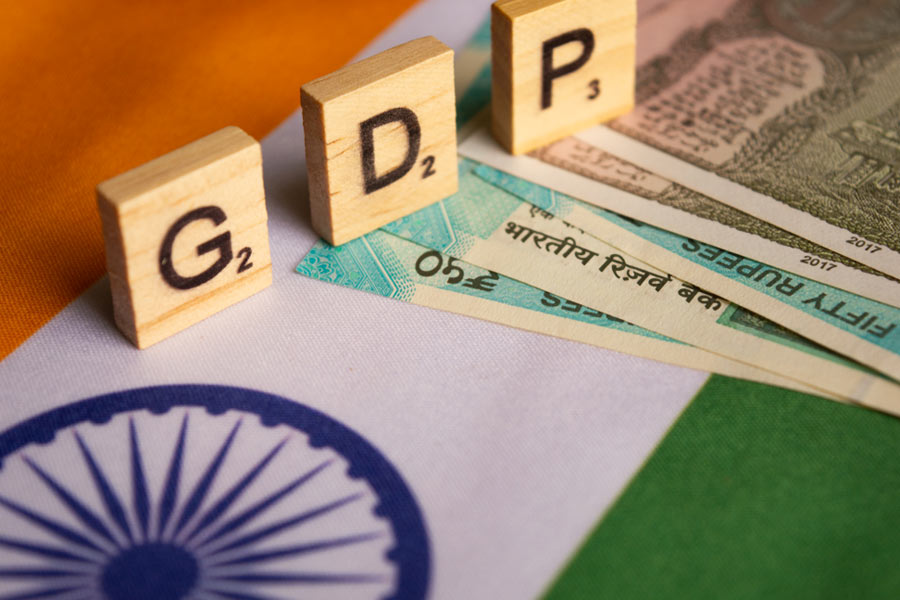India’s economic growth zoomed 8.4 per cent in the December quarter, the highest in seven quarters, led by strong manufacturing and construction activity, beating forecasts and bolstering the BJP-led government’s pitch for a third term just months ahead of the 2024 general elections
The National Statistical Office (NSO) also released the second advance estimate for the current fiscal and forecast growth at 7.6 per cent against 7.3 per cent estimated in the first advance estimate released in January, the highest in the past three fiscals.
The NSO revised downward the GDP growth for 2022-23 to 7 per cent from 7.2 per cent estimated earlier and for 2021-22 to 7 per cent from 9.7 per cent.
D.K. Srivastava, chief policy adviser, EY India, said: “Most of the GDP growth has come about through robust non-agricultural growth on the supply side and substantial investment growth on the demand side.”
The negative news on the demand side is the slowdown in consumption expenditure growth.
“Some surprises that need further exploration relate to GVA growth remaining at 6.9 per cent while GDP growth being revised upwards to 7.6 per cent. Also, the average GDP growth for the first three quarters of 2023-24 is 8.2 per cent implying that the fourth quarter growth would only be at 5.9 per cent,” he said.
Aditi Nayar, chief economist, Icra said: “The Q3 data on India’s growth threw up a divergent trend, with GVA growth moderating broadly on expected lines to 6.5 per cent, and the GDP expanding by a much higher than anticipated 8.4 per cent.
“This wide gap followed a surge in the growth of net indirect taxes to a six-quarter high of 32 per cent in this quarter, which is unlikely to be sustainable.
“In our view, it may be more appropriate to look at the trend in the GVA growth to understand the underlying momentum of economic activity.”
Bandhan Bank chief economist Siddhartha Sanyal said the high-frequency indicators continue to be robust, suggesting strong growth possibilities during 2024-25 as well.
“Strong growth coupled with softening of inflation in the coming quarters will offer cushion for policymakers, particularly regarding monetary policy and a key aspect to watch remains RBI’s communication and action on the liquidity front”, he said.
The manufacturing sector’s output, as per gross value added in the third quarter of this fiscal, grew 11.6 per cent compared with a contraction of 4.8 per cent in the year-ago period.
The output of the farm sector declined 0.8 per cent during the quarter compared with a growth of 5.2 per cent a year ago.
Core sectors slip
The growth of key infrastructure sectors slowed to a 15-month low of 3.6 per cent in January, on account of poor performance of sectors such as refinery products, fertiliser, steel and electricity, according to the official data.










